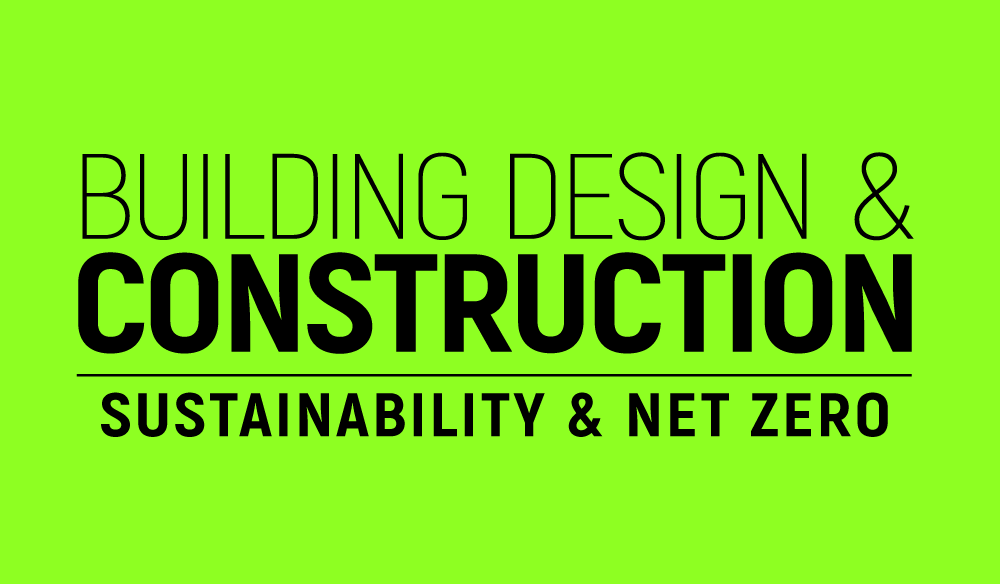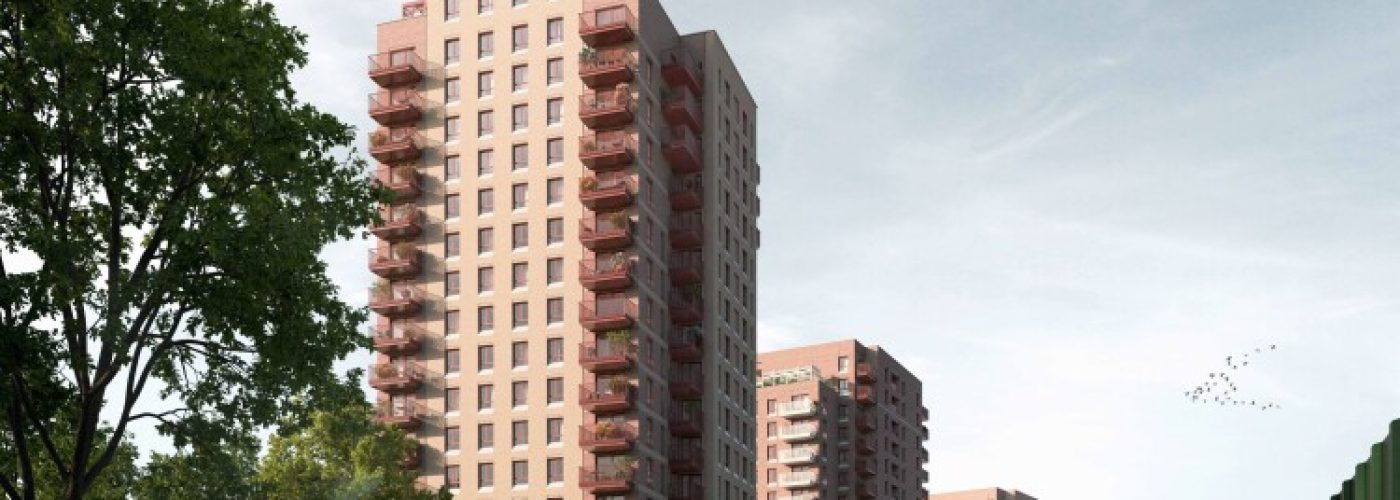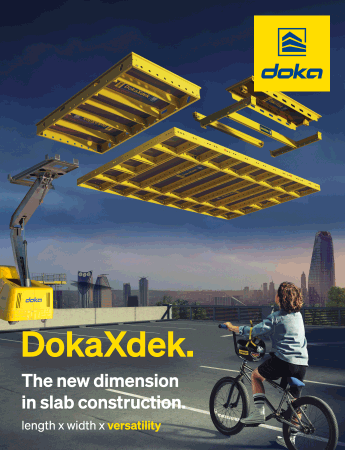Barratt, the UK’s largest volume housebuilder, has announced a landmark move to futureproof its developments in the capital. Going forward, all of its new residential schemes in London will be built to meet or exceed the Passivhaus standard—setting a new benchmark in sustainable urban housing.
The developer’s new ‘Lo-E’ (low energy) design approach promises to deliver homes that are not only environmentally responsible but also significantly more affordable to run. Residents can expect up to 80% savings on heating and hot water bills compared to conventional district heating systems, alongside up to 90% reductions in carbon emissions.
Passivhaus is an internationally recognised standard for ultra-efficient buildings, requiring minimal energy for heating or cooling. In response to London’s growing need for sustainable and resilient housing, Barratt is committing to this standard across all future developments in the city.
The first Lo-E homes will be delivered at High Barnet, in partnership with Places for London. This scheme will deliver approximately 300 homes—40% of which will be classed as affordable. Every affordable home on the site will be built to Lo-E specifications, a commitment that will extend to all future London developments.
Together with a parallel scheme at Bollo Lane, Acton, Barratt is aiming to develop 728 Lo-E homes across the capital in its initial phase—one of the largest Passivhaus rollouts in the UK to date.
Craig Carson, Managing Director at Barratt West London, said: “Our Lo-E concept rethinks the traditional approach to high-density housing. It’s a response to the unique climate and affordability challenges we face in London. We’re proud to lead the way in delivering low-carbon, future-ready homes at scale.”
Lo-E homes will incorporate key features such as advanced façade engineering to minimise solar gain, triple-glazed Passivhaus windows for superior thermal insulation, and climate-resilient air tempering systems to filter and improve indoor air quality.
For residents, the benefits go well beyond environmental impact. In addition to lower running costs, the homes promise improved indoor comfort and health—particularly during the colder months—while reducing reliance on energy sources susceptible to price volatility.
Barratt’s shift to Passivhaus is backed by positive feedback from local authorities and the Greater London Authority. Pending planning approvals, the company aims to roll out its new model across all its future developments in the capital.
This bold step positions Barratt at the forefront of sustainable housebuilding in the UK, signalling a clear intent to lead the capital’s transition to greener, more energy-efficient living.
Building, Design & Construction Magazine | The Choice of Industry Professionals





